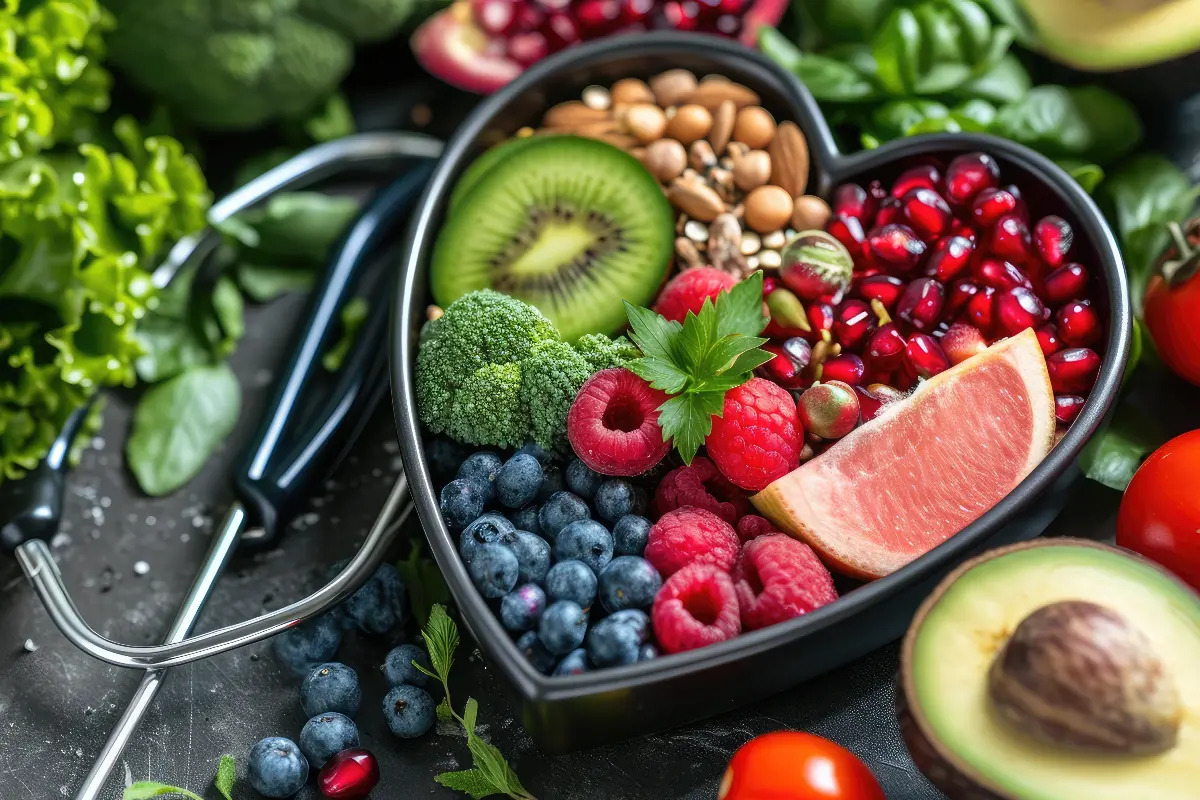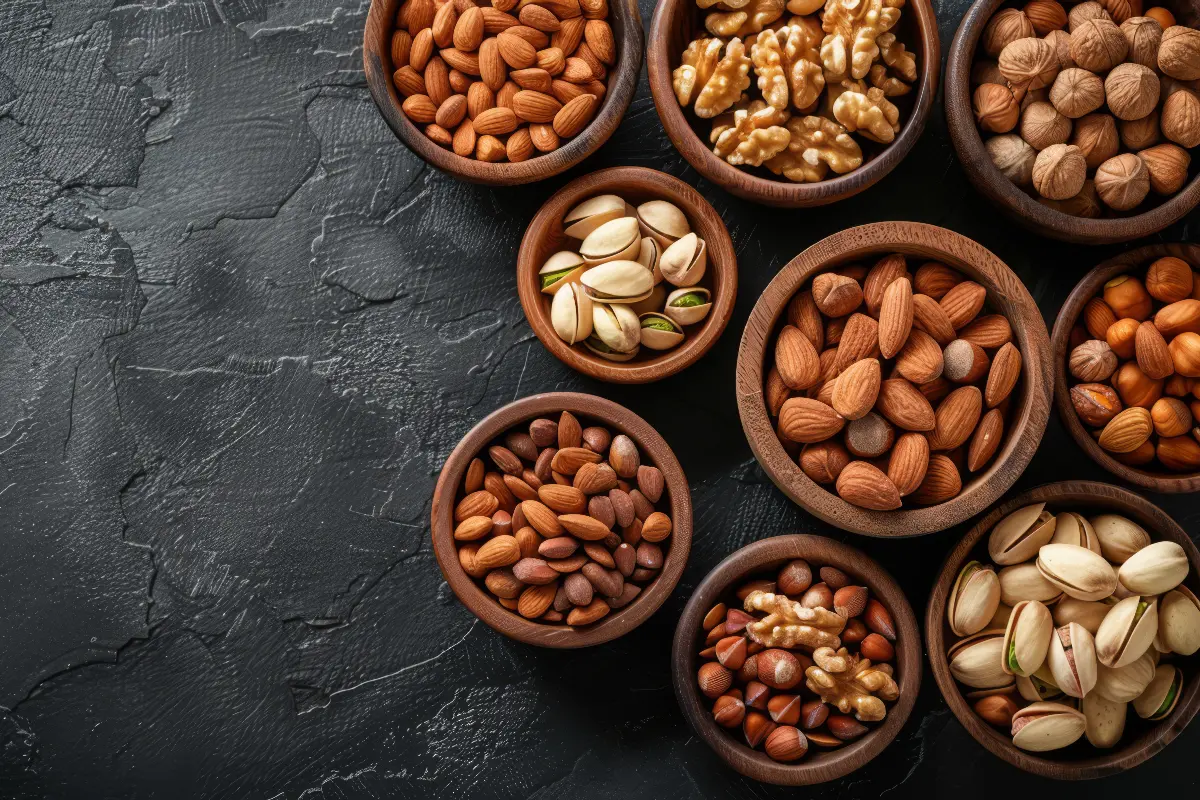When it comes to safeguarding your health, few considerations are as critical as the food choices you make every day. Eating isn't just about satisfying hunger; it’s a complex interplay of nutrition, health, and prevention—especially concerning stroke prevention. Strokes can be devastating, striking suddenly and often leaving individuals with long-term disabilities. However, by making mindful food choices, you can significantly reduce your odds of becoming a statistic.

Embarking on a stroke-preventing diet isn't about drastic changes or denying yourself the delights of eating. It's about balance, smart substitutions, and a focus on nutrient-rich foods that can offer protective benefits.
One of the key players in this dietary lineup is fruit and vegetables. Loaded with vitamins, minerals, and fiber, they're your frontline defense against strokes. Leafy greens like spinach, kale, and Swiss chard are particularly potent due to their high levels of vitamin K, essential for healthy blood function. Berries, too, pack a punch against stroke risks, thanks to their abundance of antioxidants, which combat cell-damaging free radicals.
Whole grains are another crucial component. Swapping out refined grains like white bread and rice for whole-grain counterparts such as brown rice, whole-wheat bread, and oatmeal can lower the risk of stroke. This is in large part due to their fiber content, which helps maintain healthy blood pressure and cholesterol levels, both of which are risk factors for strokes.

Speaking of blood pressure, reducing your sodium intake is essential. High sodium diets are notorious for raising blood pressure, which in turn increases stroke risk. A palate accustomed to heavy salt might take a while to adapt, but it will thank you in the long run. Reach for herbs and spices to bring an explosion of flavors without relying on salt.
Omega-3 fatty acids have been widely acknowledged for their anti-inflammatory properties, which are vital in reducing the risk of strokes. Oily fish, such as salmon, mackerel, and sardines, are excellent sources of these beneficial fats. For those who don't eat fish, flaxseeds, chia seeds, and walnuts are great alternatives to ensure you're getting enough omega-3s in your diet.
An often-overlooked element in the diet that can contribute to stroke prevention is magnesium. This mineral helps regulate blood pressure and is found in foods like almonds, cashews, and black beans. Incorporating a variety of magnesium-rich foods into your diet not only benefits your blood pressure but also aids in nerve function and energy production.

Now, it's not just about adding the good; it's also about limiting the not-so-good. Processed meats and foods high in trans fats should be kept to a minimum. These items have been linked to an increased risk of stroke due to their contribution to atherosclerosis, the buildup of plaque in the arteries which can lead to a blockage, the primary cause of strokes.
What about those with a sweet tooth? Indulging in a moderate amount of dark chocolate might not only satisfy your craving but could also offer some protective benefits against stroke. However, this isn’t a free pass to overindulge; the key is moderation, as large quantities of chocolate can contribute to weight gain, a stroke risk factor.
Hydration plays a subtle yet significant role in stroke prevention. Water is essential for all bodily functions, including the efficient circulation of blood. Dehydration can lead to thickened blood and increased risk of clot formation, thus increasing the risk of stroke. So, keep your water bottle handy and sip throughout the day.

Dairy products can be part of a stroke-preventive diet, but it's best to choose low-fat options. By reducing the saturated fat content, you decrease the risk of high cholesterol, further promoting healthier arteries.
Bringing all these elements together creates a mosaic of dietary choices geared towards reducing your stroke risk. Fill half your plate with vegetables, a quarter with whole grains, and the final quarter with lean protein sources like fish or legumes, and you have a visual and nutritional guide to eating against the odds.
Finding your way through the nutritional labyrinth can seem daunting, but the key takeaway is balance and moderation. By filling your diet with a colorful variety of natural, whole foods, and watching your intake of salt, bad fats, and sugars, you're laying the groundwork for not just stroke prevention, but a healthier, vibrant life.
Remember, each meal is an opportunity to nourish your body and protect it from the unseen dangers of stroke. It's about making informed choices that can have a powerful impact on your health, choices that say you're not leaving your well-being up to chance, but are actively working towards a healthier you. So grab your grocery list and start your journey towards a heart-healthy diet that makes every bite count in the battle against strokes.
